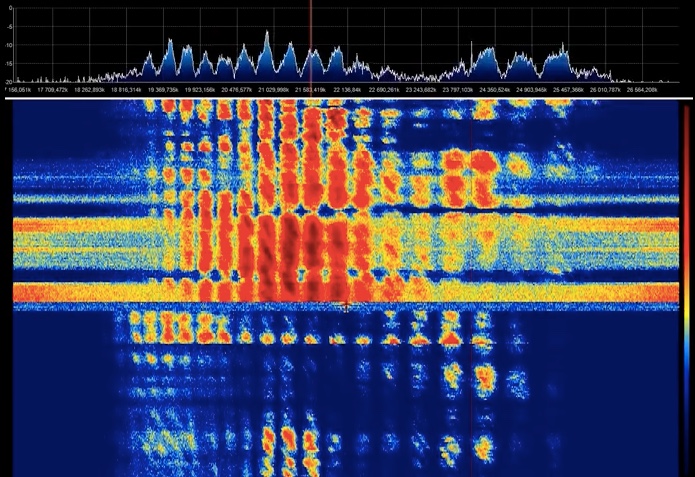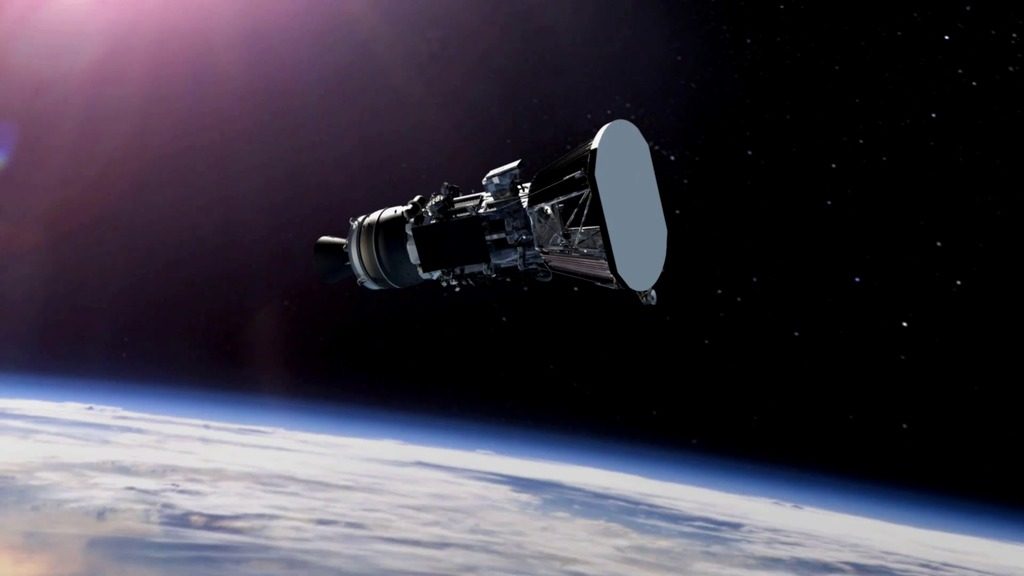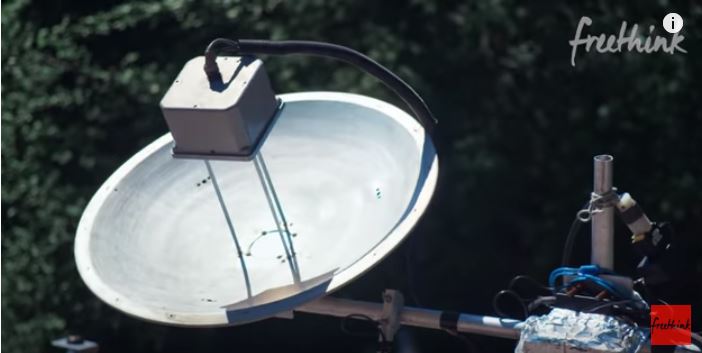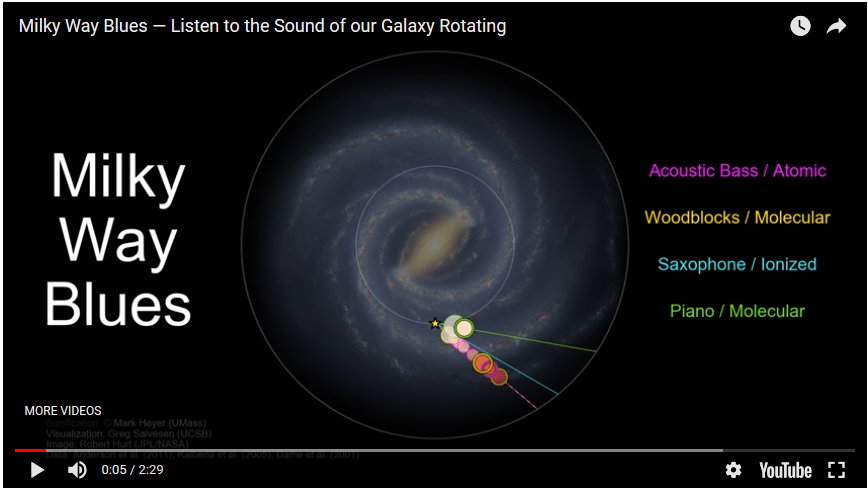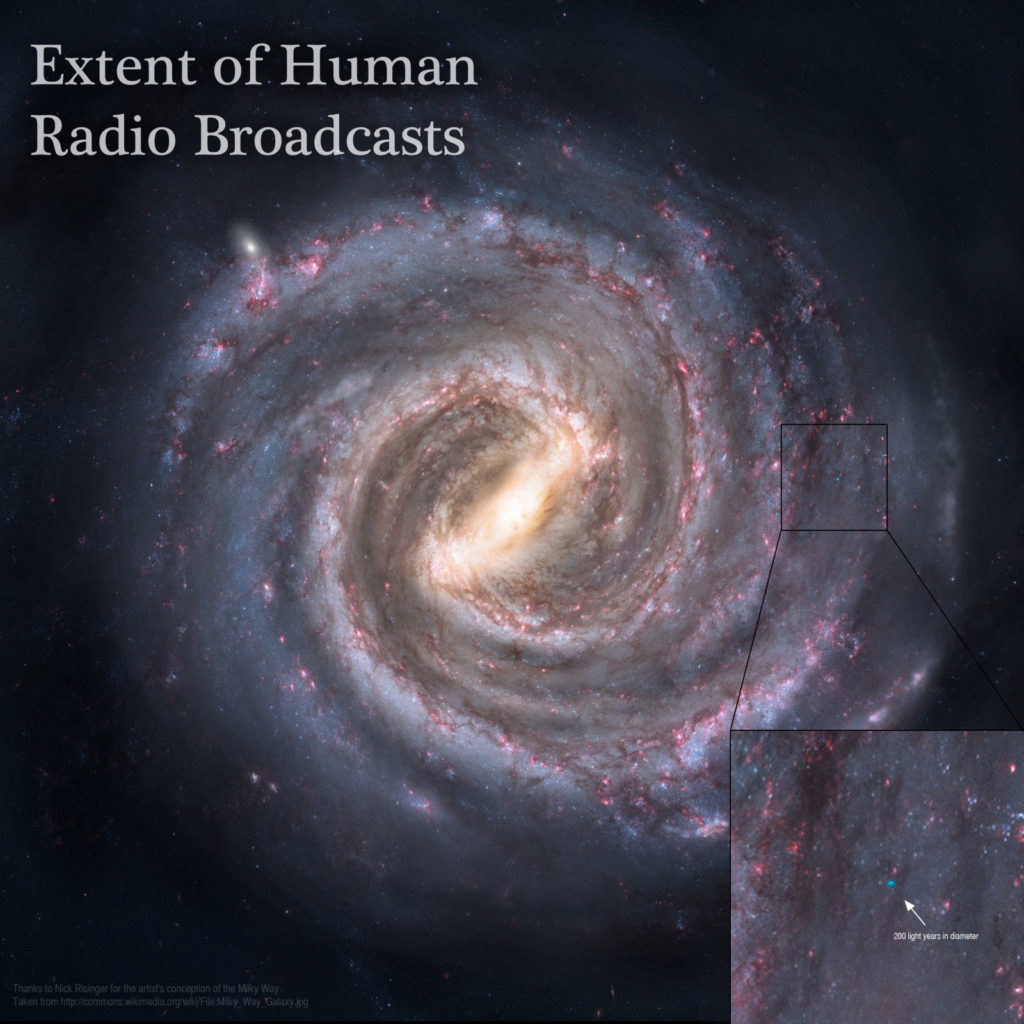As an amateur astronomer, I knew it was only a matter of time before the astronomical community became involved to save WWV. Specifically, it’s a group of mostly amateur astronomers who observe and record occultations.
What’s an occultation? It’s the term when a solar system object passes in front of, and blocks out a star. Why is this important to observe? Lunar occultations are the easiest to observe (if the star is bright enough, one can do a crude observation with binoculars or even the unaided eye). But there is very valuable science to be had with smaller objects. When a dwarf planet [like Pluto] or an asteroid – passes in front of, and “blinks” out or blocks the light of a star – measurements can be taken that reveal the dwarf planet or asteroid’s size/diameter. We can even determine if an object is round/oval – or maybe cigar-shaped when multiple ground observers record and accurately time how long the star “blinks” (or if the star doesn’t get covered by the asteroid in some locations but does in others). Okay, that is Occultations 101 (if you are interested in learning more, see the link).
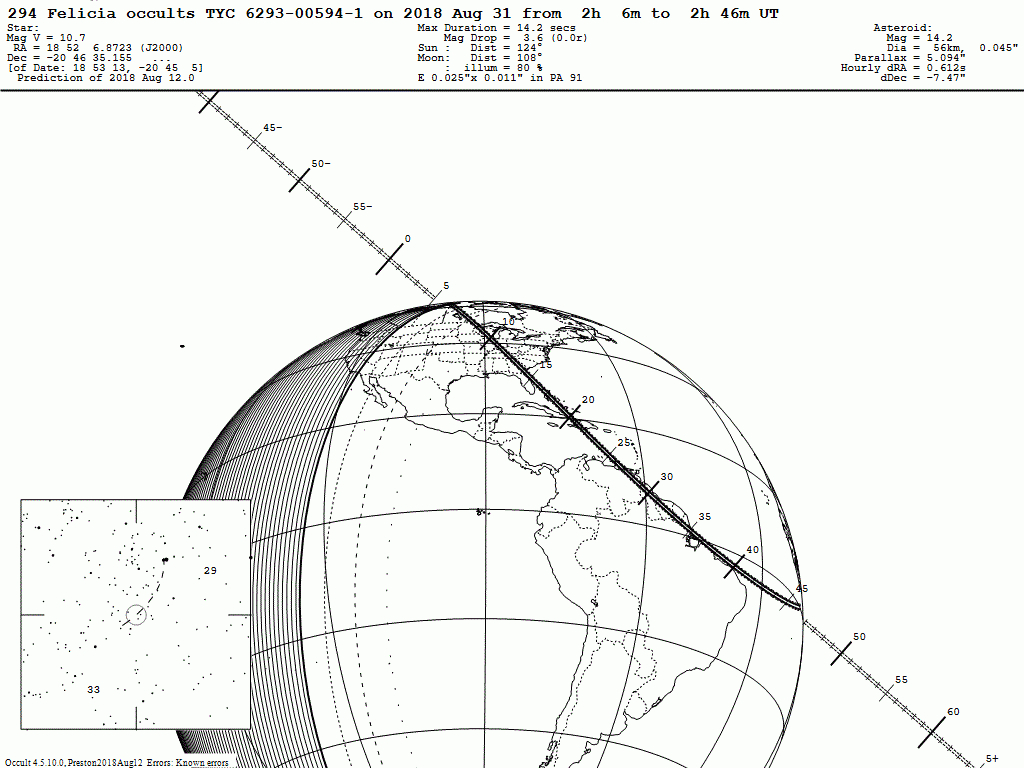
Credit: Upcoming occultation – showing the path where the occultation is visible – from IOTA: International Occultation Timing Association
Note 1: In 2017, amateur astronomers using a 3” telescope determined that an asteroid had a moon!I had a 3” telescope, back in the 1970s, when I was a kid!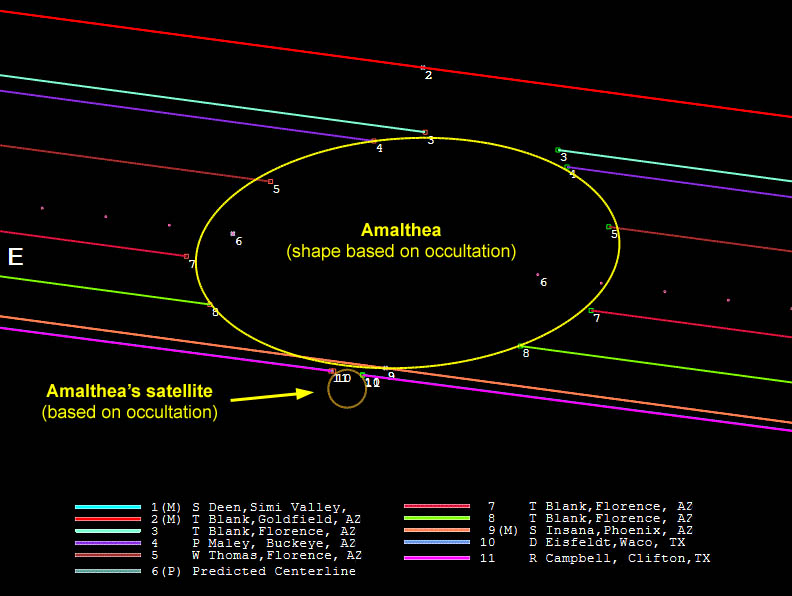
Credit: Sky and Telescope Magazine & IOTA: the International Occultation Timing Association
Note 2: Multiple occultation observations involving the dwarf planet Pluto (and its next target – a “KBO”) are helping scientists navigate the New Horizons space probe (and to identify hazards) as it speeds through space to its next target – nicknamed Ultima Thule – beyond Pluto (on January 1st, 2019).
Equipment used to record and document these fleeting events (some graze occultations only last fractions of a second) requires – you guessed it – time stamped video devices. Back in the old days before video and other advanced equipment, astronomers would sit a shortwave radio next to the telescope with a tape recorder to audibly capture & record the time signal with the observer noting the start/stop of the event (we’ve come a long way since then – time stamped equipment has advanced this from “approximately” to “exact science”!).
The main point of this blog entry: astronomers have been asked to sign the White House petition to maintain NIST stations funding. Sky & Telescope Magazine, if they haven’t already, will be posting an article with an interview that they conducted with one of the leading occultation observers that includes a link to the petition on their web site.
Let’s hope this momentum continues to build – and that it makes a difference!
Guest Post by Troy Riedel.

